“Make your backpack and come with us!“
This is how the motto of the Tourist Association-ecologic MIRAMONT from Bucharest (http://miramont.club) has fascinated me since the first moment with the excursions they organise.
In recent years, before leaving Romania, I liked that every year, to flee the world. I paid the advance, following the difference to pay before departure with 7 days. The package included a roundtrip flight Bucharest-Lisbon with all airport taxes, hand baggage and 4 nights accommodation at a 2 * Hotel.
The days have passed, and the big day has arrived. After a little run around town to leave things all right, back then I had a little handmade shop and I wanted to stay quiet in my wonderful and long-awaited vacation.. Departure time has arrived. I got on the plane and four hours went out looking out the window or falling asleep for a few seconds.
Before I left, I grabbed a few notes and from where I learned that Lisbon is the city dressed in azure tile that sings its past and passion in fado, where narrow and steep streets lead you to surprising panoramas and to buildings Historical, where the climb on the hills is made with vintage elevators. This city is the place where the great explorers of the world have started looking for clues.
The first thing we did as soon as we arrived in the capital of Portugal, from the arrivals terminal was to buy our city-pass «Lisboa Card». (http://www.askmelisboa.com/) that we started to use right from that moment to get to the hotel.
The price started from 18.50 Euro/24h for an adult and reached 39 euro/72hrs with unlimited access on all public transport, free admission and discounts to the most important museums in Lisbon (Jeronimo Monastery, Belem Tower, national Pantheon, Santa Justa elevator, National Carriage Museum, etc.).
One of the many secrets of an almost free holiday is the city-pass. The great capitals of Europe have been using this tourist tool for some time to promote its sights in the city in a great way for visitors.
With Lisboa Card you are entitled to unlimited and free travel throughout the public CARRIS network. That means metro, urban trains, train leading to Sintra, the train leading to Cascais, all funiculars in the city, the famous tram 28 and the Santa Justa elevator (including access to the Belvedere).
Beware, do not forget to validate the card at every climb in the means of transport!
The card comes with the official Lisbon map with all sights, as well as a guide containing tourism data – public transport, monuments, museums, tours and vouchers.
As it is in every European country, from the airport I came down directly to the subway, where an employee of CARRIS offered me both the map with the Trasport and the help on the road that I was going to take from the airport to the hotel. (Red line to Saldanha then yellow to Rato where dream of the station I had the accommodation Wallis Rato. (You can find accommodation on booking.com)
Even if I wanted to have this kind of accommodation, I don’t think I would have. Of the 7 floors we hit at second floor, room 26 at the door that was lying a sewing machine Olivia ready to be put to work, and on the opposite corner two old suitcases ready, ready to go on the road. And as I love the handmade and I appreciate the art, the furniture in the bedroom was vintage making me feel in a story with princes and princesses.
The time zone gave me a bit of a headache, I was used at 7 o’clock to be wake up… Now our hours show five. I prepared with patience, and then I started on the road with a couple that I met the other night and with whom we spent this wonderful escapade. (Eli and Ionut)
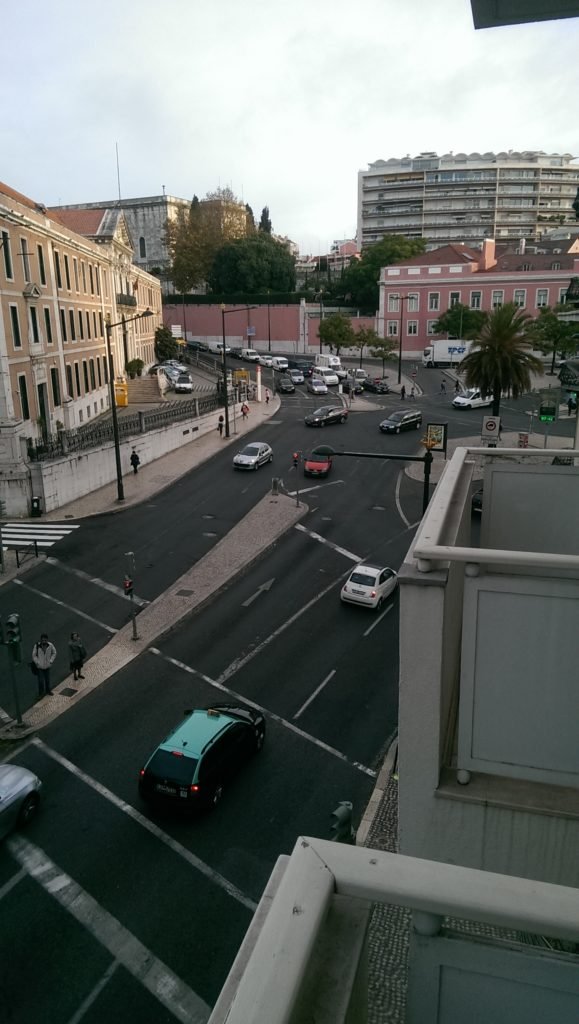
FIRST DAY
We started in the footsteps of Vasco da Gama – on narrow and cobbled streets and then climbing the tram to the monastery of Jeronimo, where the great discoverer is buried. It was built in 1502 on the site of a sketch where Vasco da Gama and his crew spent the last night before leaving .
Also here with the help of the card we benefited from the free entrance to both the National Archaeological Museum and the monastery, followed a few steps later, on the banks of the river Tejo, Belem Tower – the important gate of Lisbon, built in the architectural style Traditional Portugal-Manuelin style. It is ornate with marine motifs and brings together a shred of each country through which explorers have passed in their expedities: Venetian-style balconies and Roman, moorings and Oriental-inspired ornaments.
Across the river is Ponte 25 de Abril (April 25 Bridge-the second largest bridge in Lisbon), the place from which you can see the Monumento Ao Cristo Rei, the twin brother of the famous suspended bridge in San Francisco, which is best seen here in Belem.
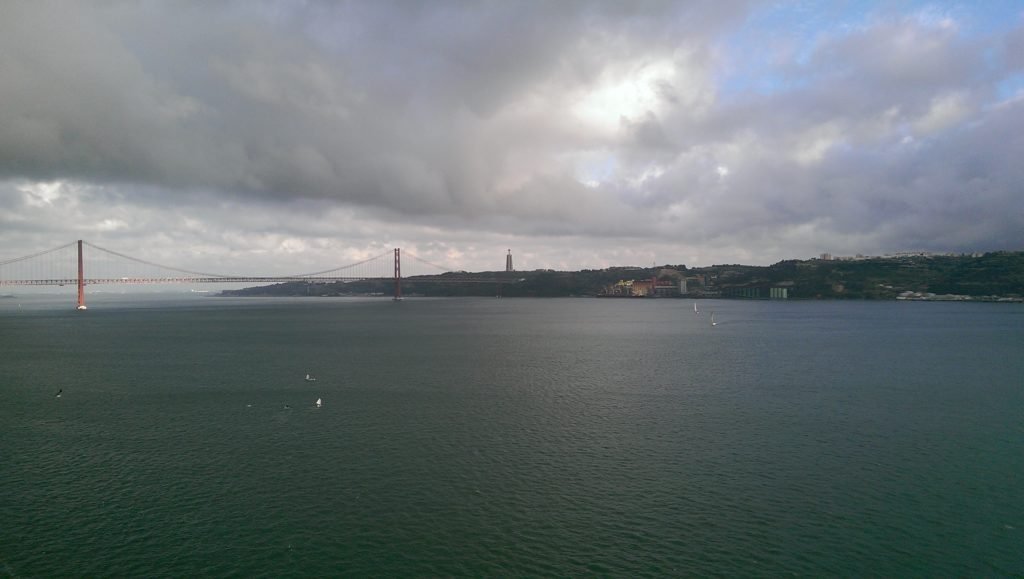
The monument of discoveries even though it is not an old monument – in 1960 was built, 500 years after the death of Prince Henry the Navigator – the form of ship ready to depart, with Magellan, Vasco de Gama, King Manuel I or national poet Luis Camoes carved in Marble Shining in the sun make the monument of discoveries an attraction in Belem and from its roof is an amazing view of where you can see the Marina (Yacht Harbor), the sea, the river and all the tourist attractions of that area.
Thus, a country’s kitchen turns itself into a landmark when we go to other lands. The combination of tastes and smells that delight our taste buds is a strong memory, which often lasts longer than an image.
We have deviated from the road to the Coffeearia Museu de Marinha on the right side of the Jeronimo museum or vis a dream of the Marinha Museum where the cream soup of Lenten opened my great appetite to the sweet Pastel of Belem.
Traditional cake with warm cinnamon, powdered over the rich vanilla cream that fills the crispy basket, with many sheets of a cake with slightly exotic name and its story began right in the Belem district, at the Jeronimos Monastery, where Monks used an impressive amount of egg whites to wear clothes. From the yolk were therefore forced to invent all sorts of recipes and so appeared pastel de nata, a dessert to which only had access to monks and that until 1837. Then, a few priests opened the first pastry that sold the mysterious sweeties in order to round their incomes. The House of Pasteis de Belem, as the monks called it, quickly became popular among merchants and travelers because it was near the harbor, two steps from the Jeronimos Monastery and the Belem tower, where it is actually today. Except now he has another name: Antiga Confeitaria de Belem.

As time did not really hold with us we mirrored our eyes in the coffee shop, where I wrote a view that I had sent to my dear mother (I was nervous if he would receive it or not) then we headed to the National Museum of the Carriage.
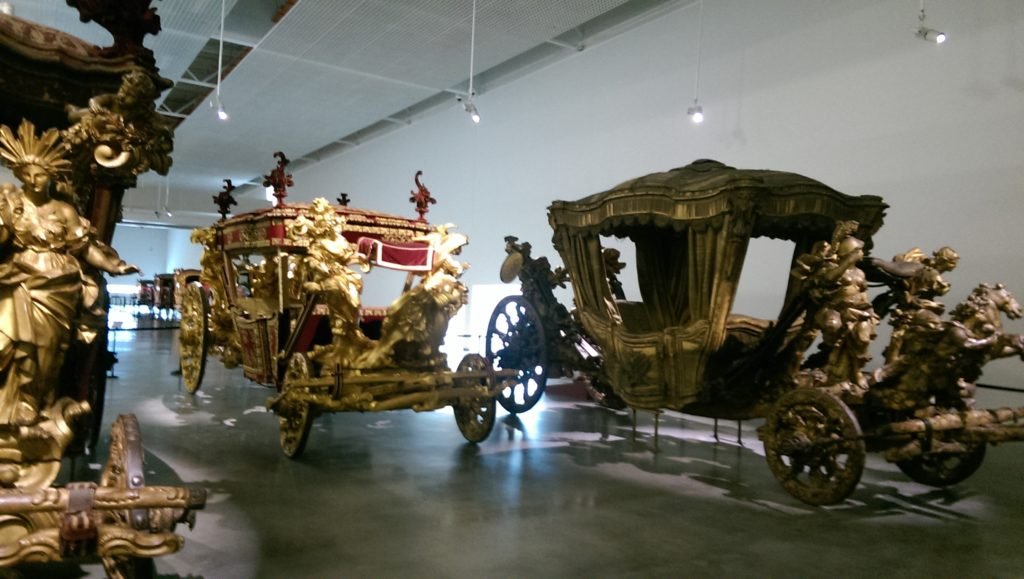
I do not think there is another place in the world where there are so many wonderful traits together, where childhood stories seem to come alive and where for a few minutes any girl turns into Cinderella but every carriage has his story… Stories about expensive gifts, gold, precious stones, silks, but also murders in the street.
The hours have passed… 22.00 is done. I don’t know how the time flew but after visiting the museum we stopped near the hotel where we enjoyed a Lisbon dinner. Bacalo with vegetables (very salty code – traditional food)
THE NEXT DAY
Wake up early in the morning we stopped at the patisserie near the hotel where we enjoyed a sweet croaisant with bacon and cheese and a natural orange juice that woke us up to the adventure again.
We have embarked on the Oceanarium (www.ocenario.pt) where, on the right side, we are reveal Oriente station (station Oriente), one of Lisbon’s most modern and amazing sights. What you need to know about this is that it was built by master architect Santiago Calatrava, with a glass roof and steel, made to look like a row of trees. Hosting a train station, a subway station and a bus terminal, the entrance to the subway platform has huge painted mural plates, made by some of the finest local contemporary artists.
To reach the Ocenarium across the Vasco da Gama Mall, place where you once enter, we are amazed to see one of the largest shopping malls hosting over 420 stores. Of course, such a place you have to dedicate at least one day, so we do not delude ourselves and we are heading to the other exit, continuing our way to the Ocenarium.
Arriving at the Oceanarium in Lisbon we are very shortly to represent one of the largest aquarium in the world, “his father “, architect Peter Chermeyeff, building the river Tejo. There are over 25,000 fish, birds and marine mammals. Four Olympic-size pools in one place, make up the giant aquarium Central, a mastodon that leaves you speechless. It is absolutely impressive that the Oceanarium in Lisbon is the first to include oceanic habitats in a single controlled environment, in which incredible oceanic ecosystems have been recreated.
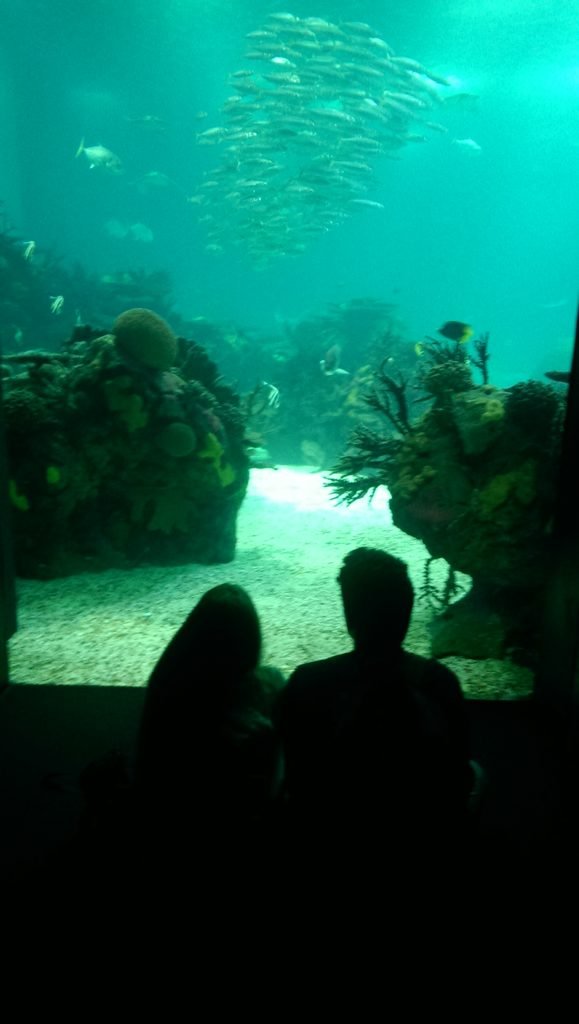
All the aquarium here is separated from the main aquarium through invisible walls, giving the sensation that all animals swim and live in the same space. In The Oceanarium There are the last generation endowments and screens that run movies explaining the development of oceanic life.

From here we decided to take a cable car ride to the Torre Vasco da Gama where we admired the area and buildings around, we took some pictures then we headed with the hasten steps to the castle of São Jorge, located on the highest of the Seven Hills , in the old part of the city – the panorama here breathtaking. Legend has it that a knight, named Martim Moniz, seeing that one of the doors of the castle was opened, chose to sacrifice his life, preventing with his own body the closure of the door, to allow Christians to enter the castle.
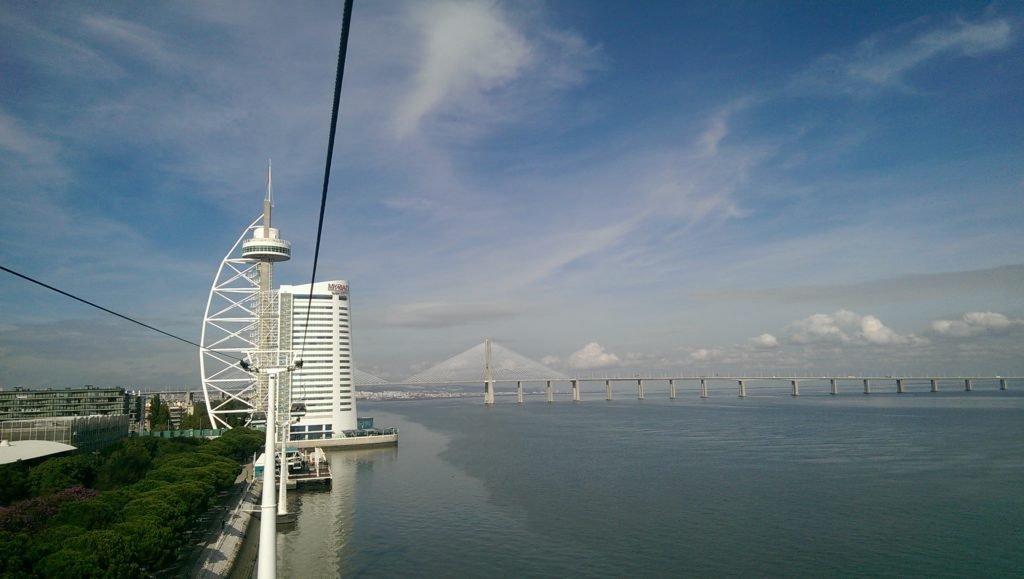
We took tram 28 – vintage tram as they call it – it’s the most famous means of public transportation in Lisbon and the ride with the wooden furniture wagon is truly a tourist attraction in itself. If a journey by tram 28 seems too old-fashioned, you can “go” in all the cute things that take their eyes to tourists: Segway, scooter or electric cars. My guess is that all this has nothing to do with Lisbon and that there’s money thrown out the window.
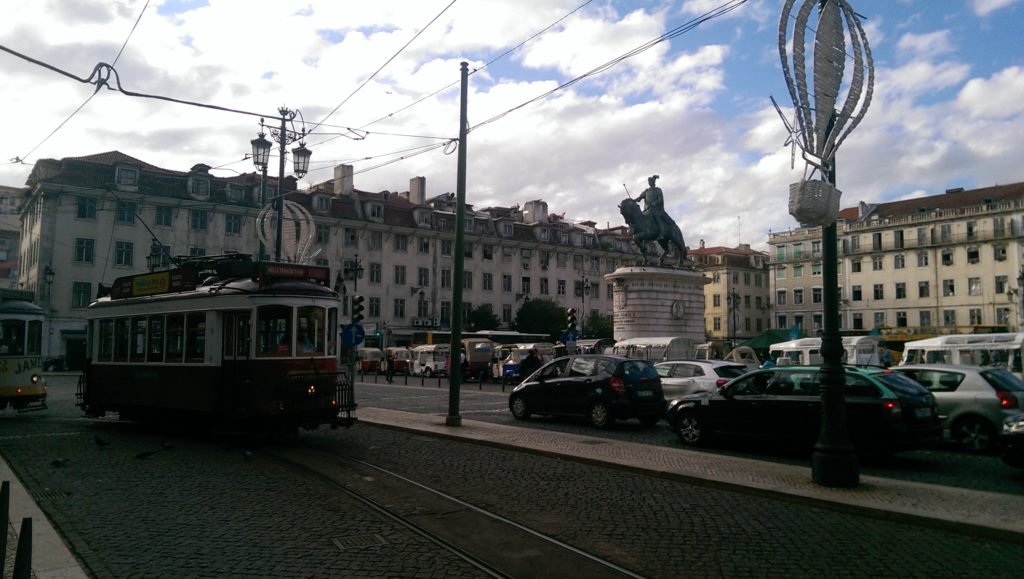
In Lisbon you only need a pair of comfortable shoes, a good travel partner and a twist to explore. The rest comes by itself.
Alfama is perhaps the most bohemian neighborhood of Lisbon, certainly the oldest and the winding streets you’ll feel more like in a provincial town than in a European capital. The excellent part is that once you get out of the castle, you’ll definitely be hungry so I strongly recommend the Pastel do Fado (http://www.pasteldofado.com/) where we had a glass of Porto Vintage wine that gave us an unspeakable appetite and where we enjoyed a delish food listening to Fado’s live music. A real show!
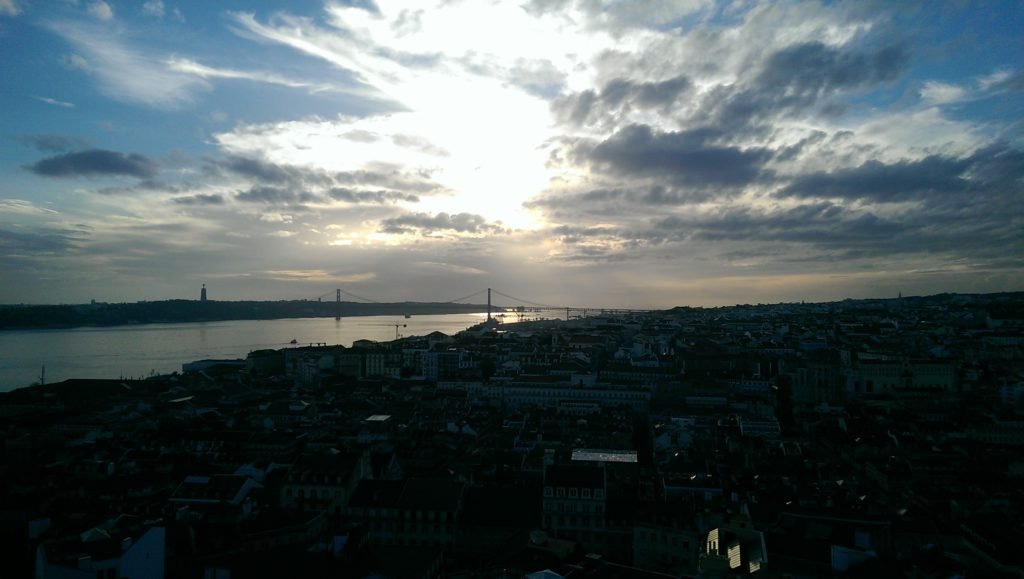
THE THIRD DAY
A new day, a new destination. This time I chose Sintra.
Lisbon in Sintra is reached by train from Rossio train station, which is the last station and we traveled about 40 minutes (are trains every 15 or 30 minutes, depending on the days of the week). The first train to Sintra leaves at 6 a.m. in Lisbon, but we got drunk with little coffee and cupcake around 8 o’clock.From Lisbon to Sintra or Cascais you don’t pay anything if you have Lisboa Card.
From the station, immediately on the left is the information point where we bought the ticket – Turistico Diario – which we gave 12 euros and with which we had unlimited access all day, on all the lines of transport of the company Scotturb. The bad part is there are 2 trails That you have to do separately to really discover all your goals.
The main sights are palaces or castles belonging to royal families, extrentic millionaires or representing the vestiges of the maure occupation.
We first chose the route of the 434-Palacio Nacional de Sintra, Castelo de Mauros and Palacio da Pena where the bus so precisely in front of the targets and can be taken from there to the next stop.
Undoubtedly, the National Palace of Sintra has an architectural characteristic that dominates the center of the old town with a specific medieval flavor that can not be forgotten, thanks to the works of universal art inside, but also with the appearance of the two conical towers in Outside, elements that give the impression of some unwise perspectives of us, being considered the symbols of the Urbei.
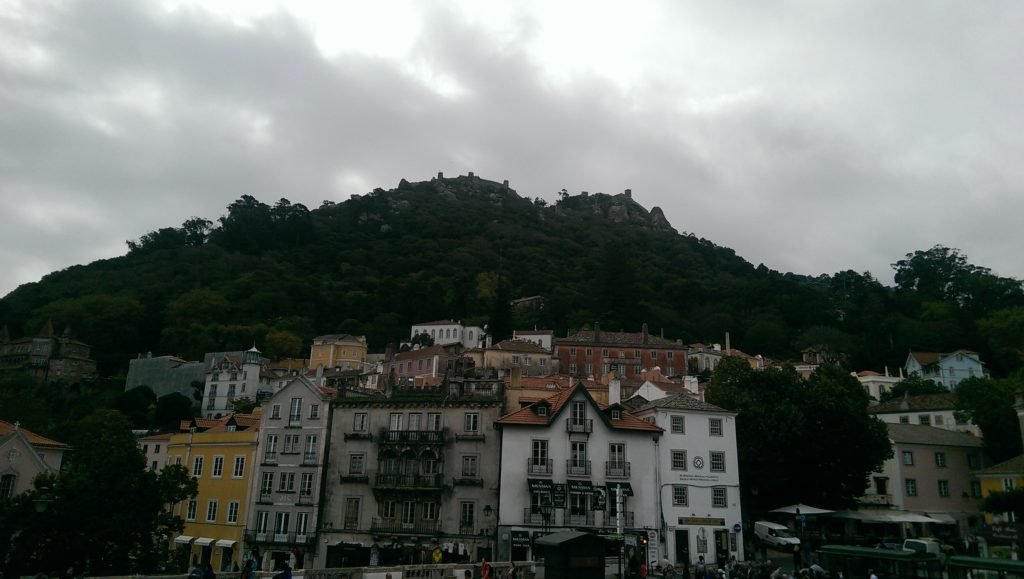
In my opinion it is the most handy tourist point of this location, the temptation being at the bifurcation of the great monumental sights, which impress in the green View and architecture.
The most famous castle of Sinthra is Palacio de Pena, (http://consilierturism.ro/destinatii/romantice/povestea-unui-palat-din-basmele-copilariei-palacio-da-pena-din-sintra/) designated one of the Seven wonders of Portugal. Set on the mountaintop, the palace dominates the surroundings, being visible on the serene days of Lisbon, from the distance of 33 kilometers. Pena has an unusual architecture: it combines styles that express the influence of the Masters and conquests of Portugal – from Romans and Arabs, to Spaniards and Indians.
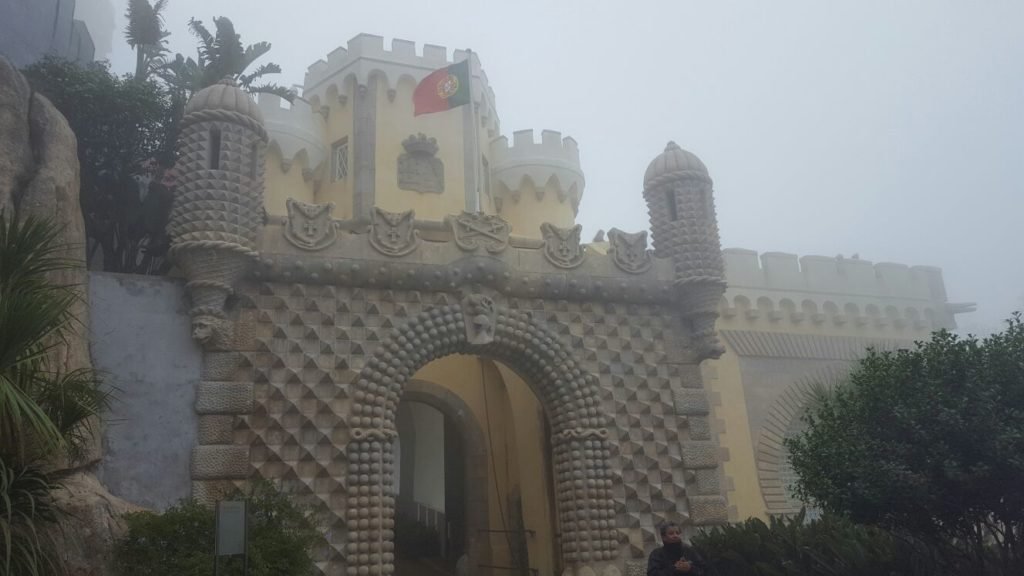
One important thing: the Portuguese have left a clue dug into the stone, which says a lot about their pride in being marked the age of navigation. At the entrance of the palace you are the top of the god Triton – Son of Poseidon, the god of the sea. The colourful walls in pastel shades are guarded by majestic gates, turkeys and battlements beyond which the ladies have been longing for explorers to discover the world. They kept them from the sumptuous interior decors, an extravagant luxury, which was enriched by the gifts brought from the expeditions. The ballroom, with huge mirrors, red drapes and golden sofas, now preserves the scent of that era.
At Dos Mouros Castle you can get an idea of the greatness of the past of a people who managed to reconcile themselves with the less glorious present. The reculegation can be done in the small chaps on the noble properties or lost in the sculptural vegetation of the gardens with caves, artesian fountains, benches and gazeens.
From here we returned to the station where we took the minibus 403 to Cabo da Roca where I arrived after about 40 minutes… A simple place as soon as you descend from the van but it is Europe’s most western point, which is why a few hundred years ago, before the great geographic discoveries, it was believed that this is the end of the world. Incidentally, in the years 1500, Luis de Camoes – One of the poets of Portugal – said about Cabo da Roca that it is “the place where the land ends and the sea begins.”
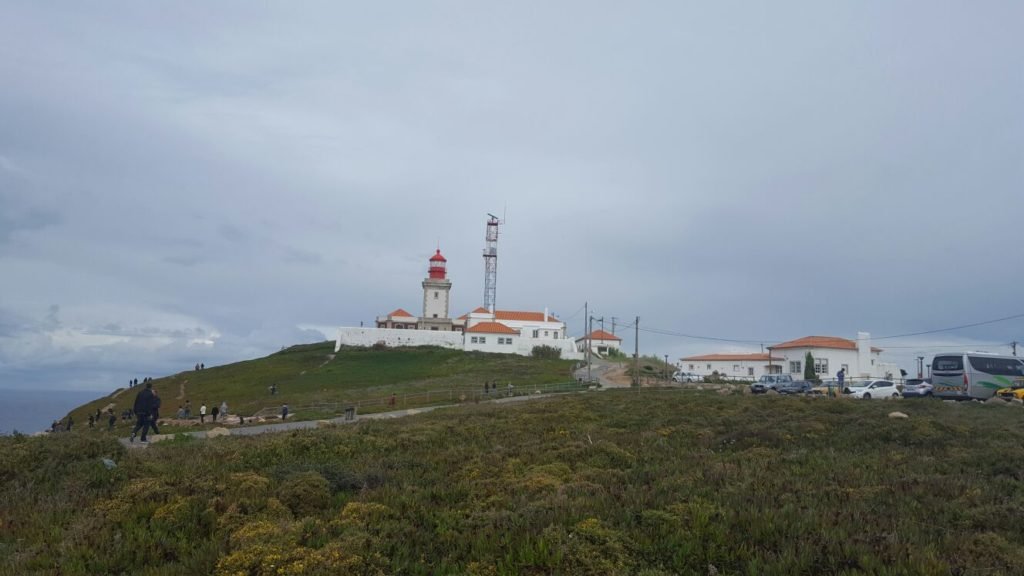
Although it is known that it is not the end of the earth here, you are trying a strange feeling when you sit on the edge of the cliffs, above the angry ocean and in the raging wind. You truly believe in the end of the world, at the beginning of it, away from everything and all. Where I would have liked it very much and I would still be lying there for about 2-3 hours if it was a warm summer day and I should not have gone to Cascais to reach Lisbon.
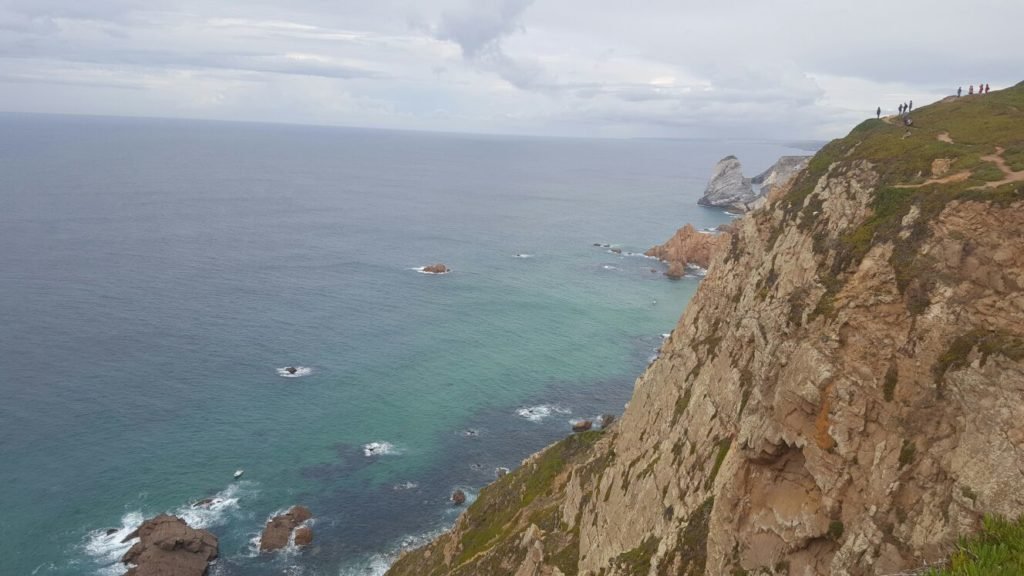
By far the coolest thing you do when you get to Cabo da Roca is to enjoy the fantastic view: You are on a cliff, 150 metres above the Atlantic ocean and, if you’re lucky, you also have a nice sunset.
One of the best-known images of Cabo da Roca is the Lighthouse – the first built in Portugal – perched over the sea, which is there from 1772. Unfortunately, it’s not open to the public but it’s very good in pictures.
Moreover, Cabo da Roca entered 1999 in the Sri Chinmoy Peace Blossom programme, which promotes peace and friendship at international level. There are almost 1000 places around the world that are in this program and the proof is written on a plate held on one of the walls of the tour office.
After a little snack and fresh air from Cabo de Roca I went straight to Cascais station which now I regret that I did not spend several hours there and I admit that here I would return with love.
Arriving in Lisbon we stopped at Estadio da Luz – Benfica or the Stadium of Light (http://www.slbenfica.pt/estadio/estadiodosportlisboaebenfica.aspx) Our regret was that we did not get to see either the stadium and the museum because we reached 20 minutes after it closed its doors.
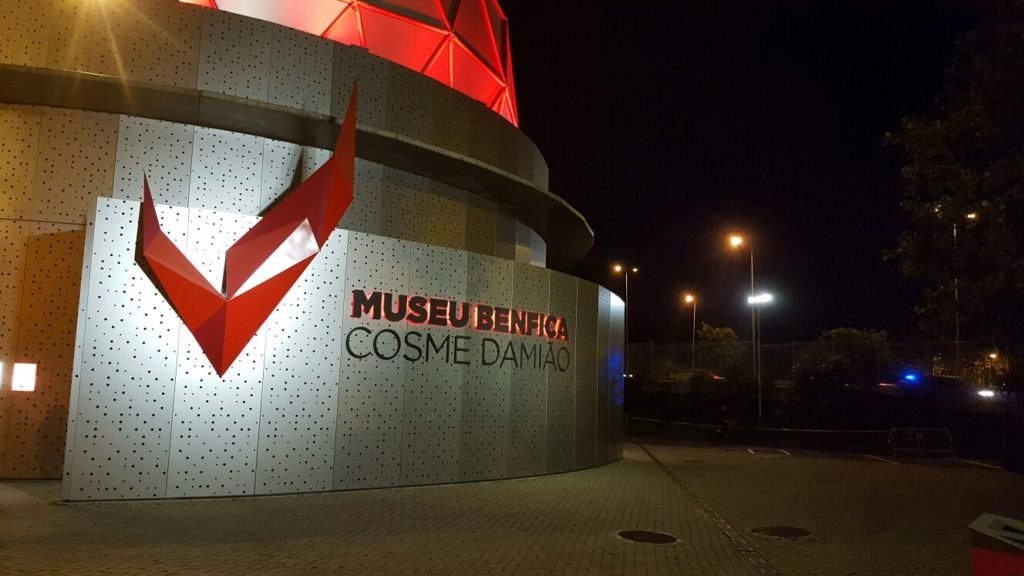
Subsequently from the boys I have heard that this is one of the special stadiums of Europe. The braids between the old and the new, was reconstuit in the year 2003 after the year 2002 was demoted. A nice thing caught my attention, namely the bald eagle, and very interesting is the fact that it does not come alone, but to pack with a reserve, the eagle that replaces it when the mascot has no Dizitia necessary to perform the ritual before the match , but also with a kite, which has the role to remove from around the stadium the birds that could disrupt the mascot flight.
LAST DAY
Last day on Portuguese soil, I spent in the center of Lisbon, the lower town, the commercial heart of Lisbon, which stretches between two markets, Praca Dom Pedro IV and Praca do Comercio.
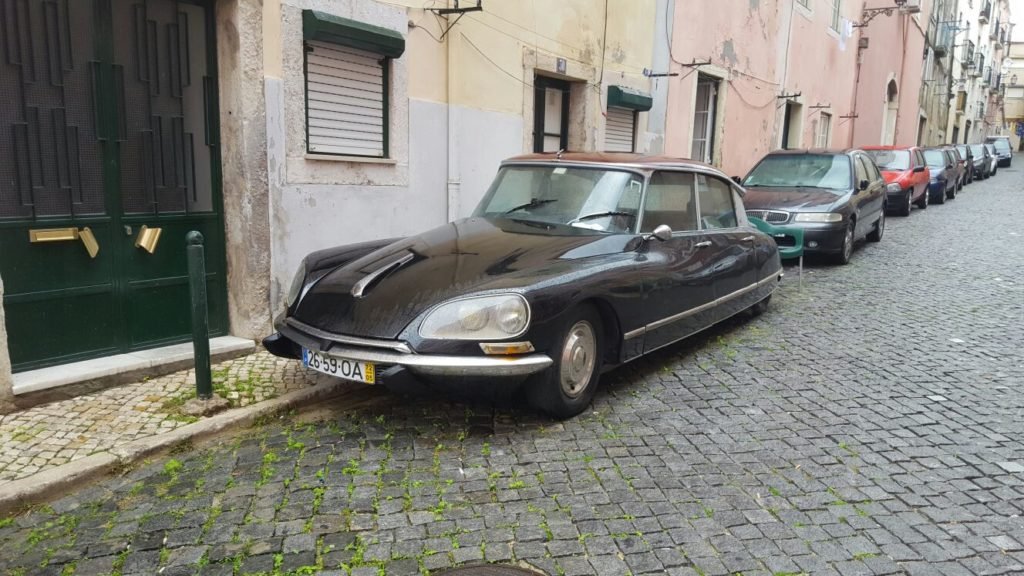
Much different from the rest of the city is the Baixa district with its pedestrian streets, elegant markets, numerous cafes and shops, not to mention the old trams that delight your gaze. Everything seems to have a special charm, perhaps due to the fact that this place reunites several tourist attractions such as: street artists, floreries, pastry shops, cafes, art-deco shops and undeliverable souvenirs.
This neighborhood was completely rebuilt following the disastrous earthquake of the year 1755, rebuilding it as one of the best achievements of European architecture.
Rossio Square in this neighborhood is one of the most popular and beautiful Portuguese squares. With a rather large size, it hosts important monuments such as the National Theatre building and Central station, but of course also numerous bars, restaurants and delightful shops.
On Rua do Ouro (Gold Street) we found the Elevador de Santa Justa, tall 45 meters.
This symbolic metallic construction, dating from 1902, when it used to kidnap people to Chiado up through a path, now, however, you can climb the tower for spectacular sights and understand why this city is a metaphor.
We have said farewell to staying for more than 50 minutes in line with other curious eager to persuade and see Lisbon with its surroundings from the height of the tower and we left the evil Catresuperbul Tejo where we stopped taking some pictures alongside the fishermen Curious what didn’t leave the passers at all to give them something to eat.
This is the center of the city, and it’s not hard to tell by the street ant: Luxury shops near counterfeit souvenir shops, patisseries, cafes, restaurants, squares and maghrebians who whisper in your ear “haşiş”.
I preferred Alfama for the last few hours and visiting the pantheon.
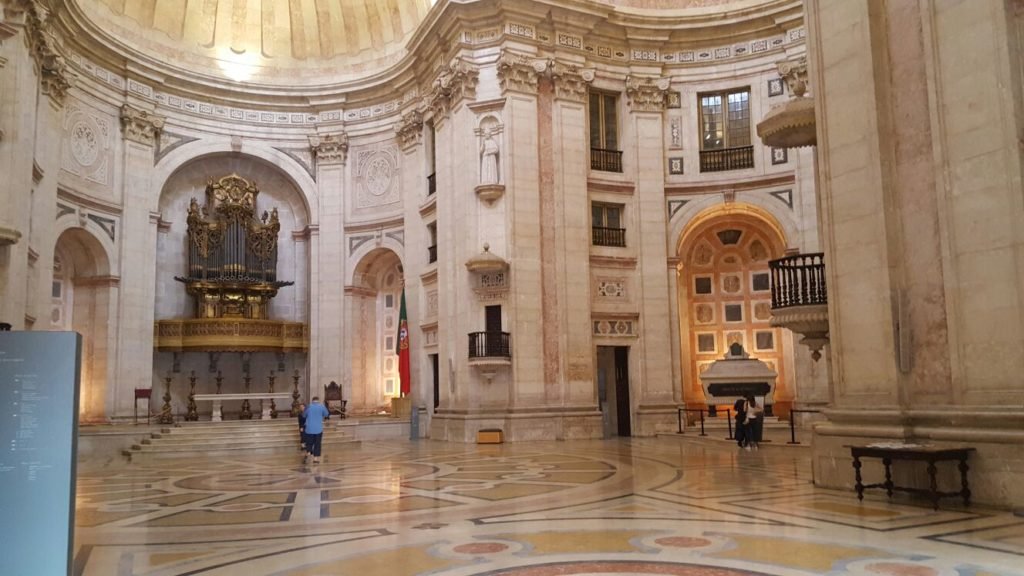
The locals call it Santa Egrecia. This is where a church was destroyed by a Jew at 1630. Sentenced to death, it was finally forgiven, because there was suspicion that he would not be the culprit, but this because he had been imprisoned for so long, he cast a curse, not to re-construct the church for which the construction works They stretched over several centuries, all finished in the year 1966.

The church was designated as a burial place for the most important Portuguese personalities, a so-called National pantheon. They take their eternal sleep there a series of preteeth, writers, but Amalia Rodriguez, known fado music singer.
We have gone horrified to the place where we can sit quietly and enjoy for the last time the wonderful traditional snacks and walking on the cobbled streets we found the ideal place… Restaurants Churrasqueira Santo António (https://www.google.ro/webhp?sourceid=chrome-instant&ion=1&espv=2&ie=UTF-8#q=churrasqueira+santo+ant%C3%B3nio+) where for the first time I have eaten a tone that I will not forget its taste too easily and where I highly recommend to tourists visiting Lisbon.
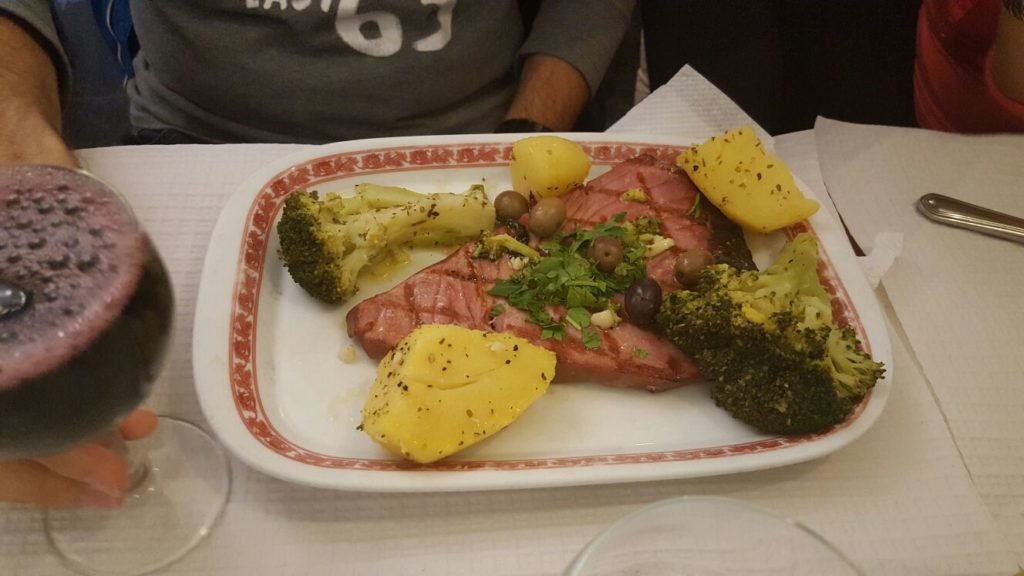
I cannot say that Lisbon has conquered me definitively but I certainly wish to return, although I spent four days walking like crazy on the streets making muscle fever, climbing hundreds of stairs to museums, tram 15 and 28, of all the sights that are hidden It’s like the uninitiated tourist, the Portuguese language you seem to understand but it’s not at all. It was enough to say once Bom dia (Hello) or Obrigada (thanks), to have breakfast at the pastry eating the Pasteis de de belem and natural fruit juice, to feel the salty smell of well-cooked fish, to listen in an evening fado and fall France after all visits Made.
In the future I want to come back in the summer and see what I have not grabbed plus to spend a few days at sea.. In the Sun… At ALGARVE.
I forgot to tell you that on the last day the rain with the Sun fought for supremacy at an interval of 20, maximum 30 minutes, the sun trying to win the fight by giving us the pleasure of walking and visiting every remaining unexploited corner of Lisbon.
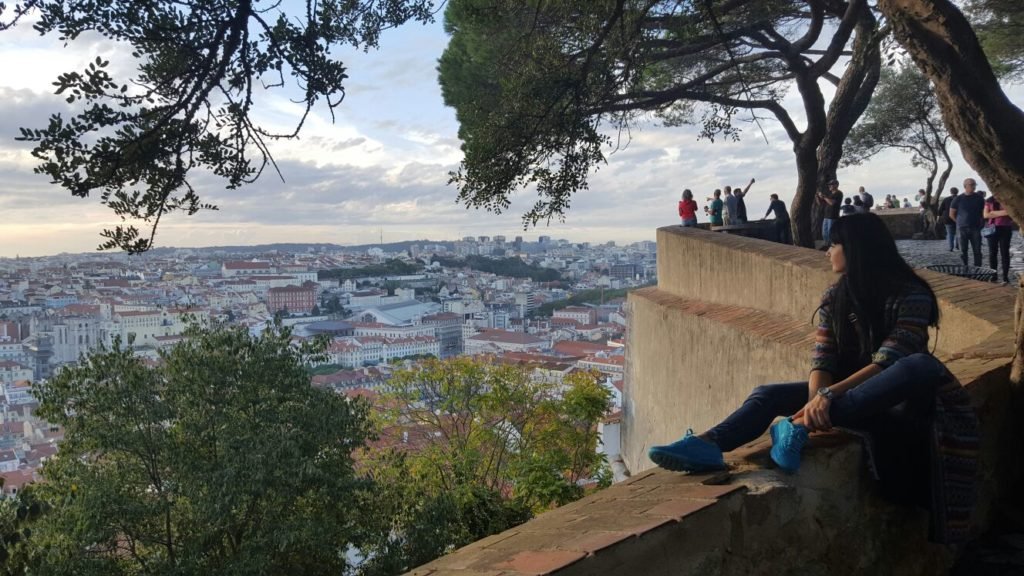
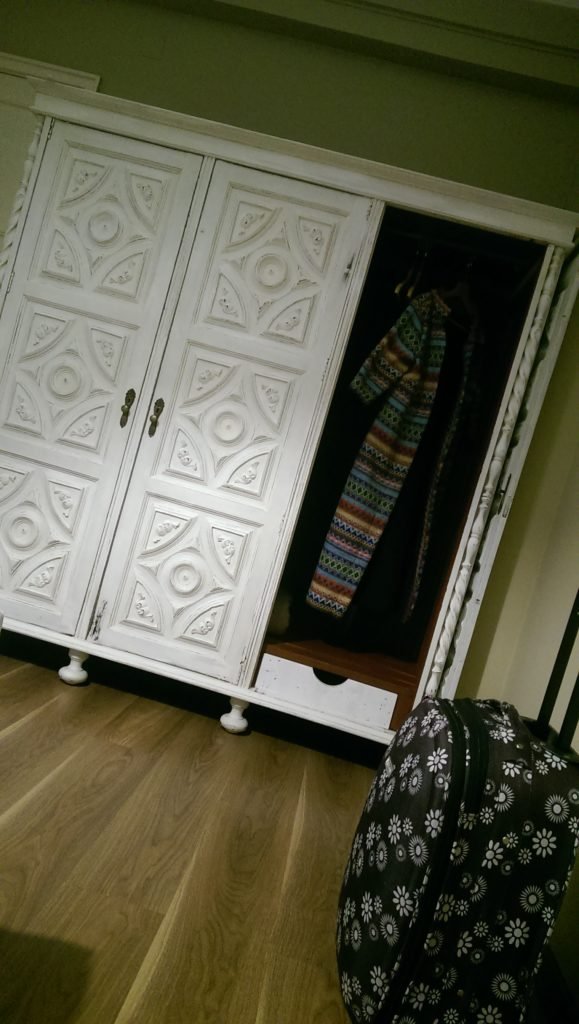
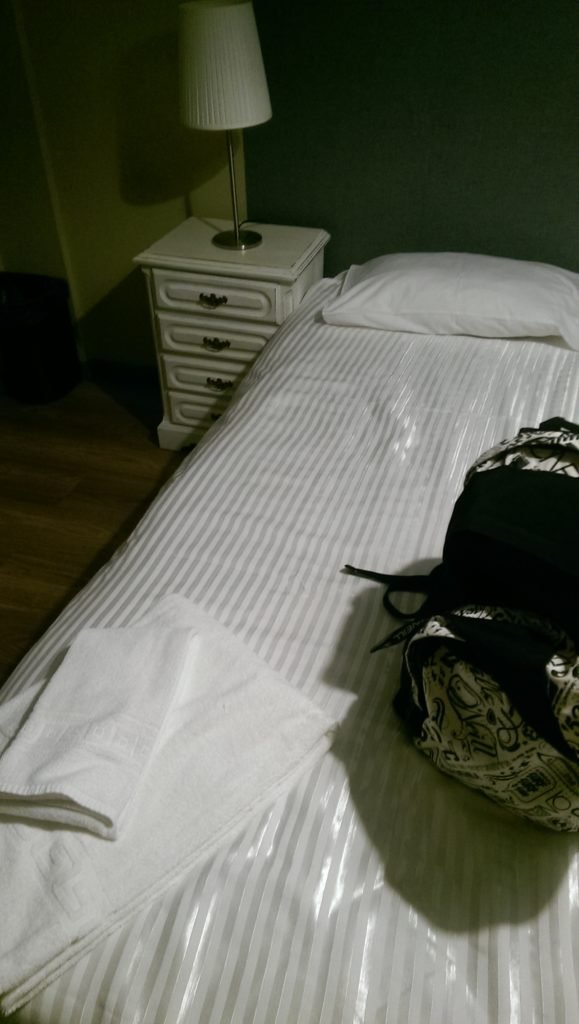
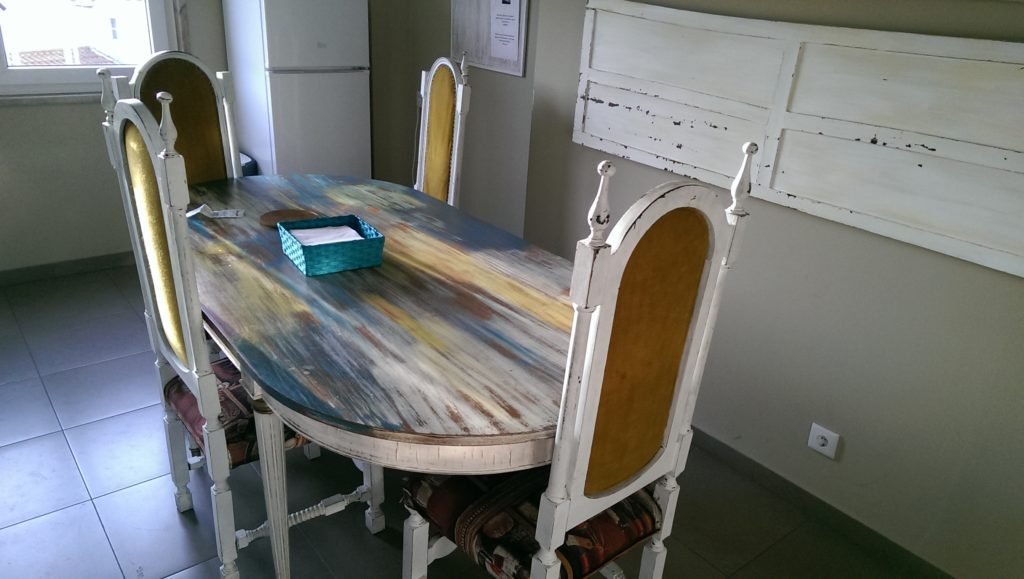
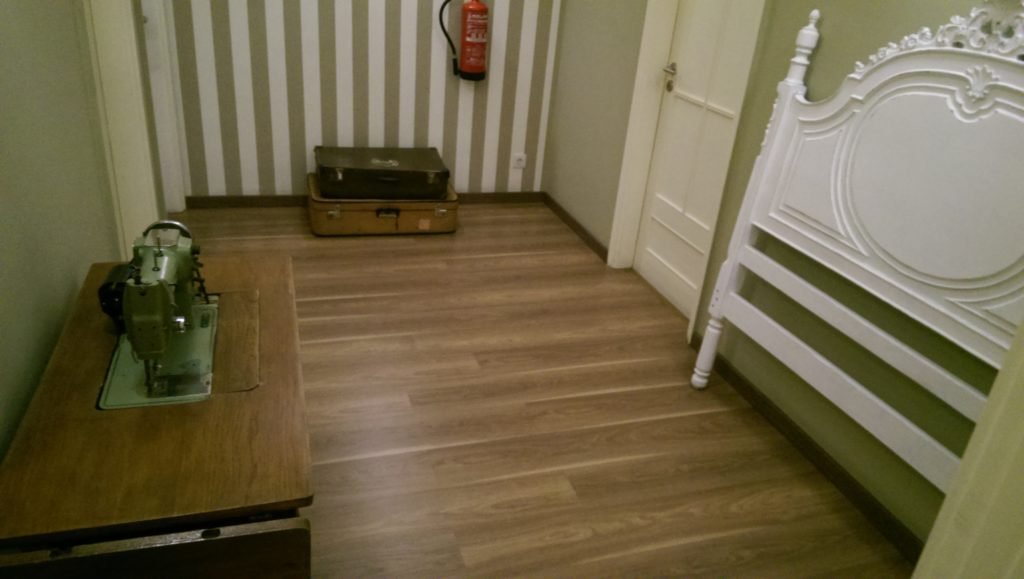
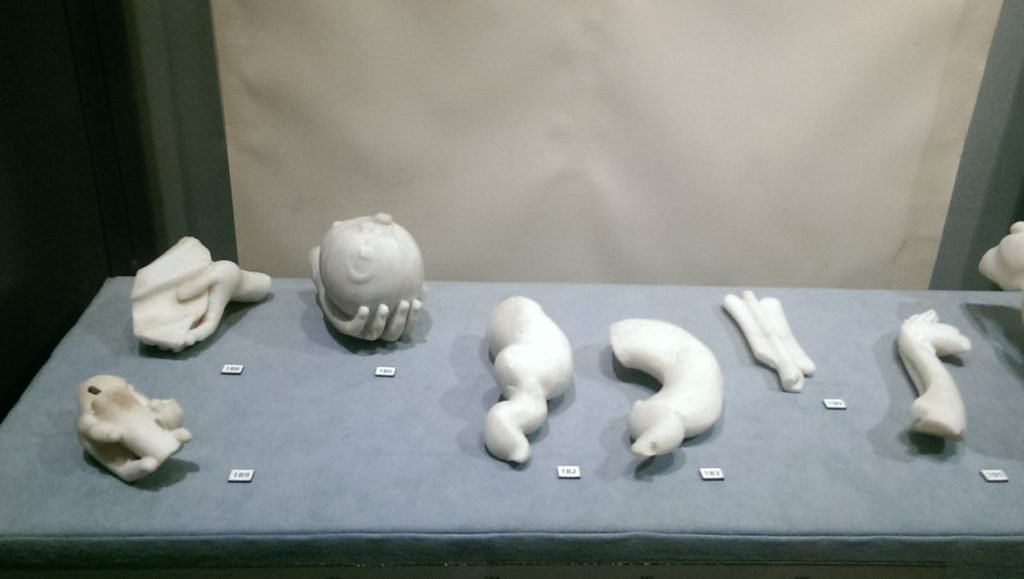
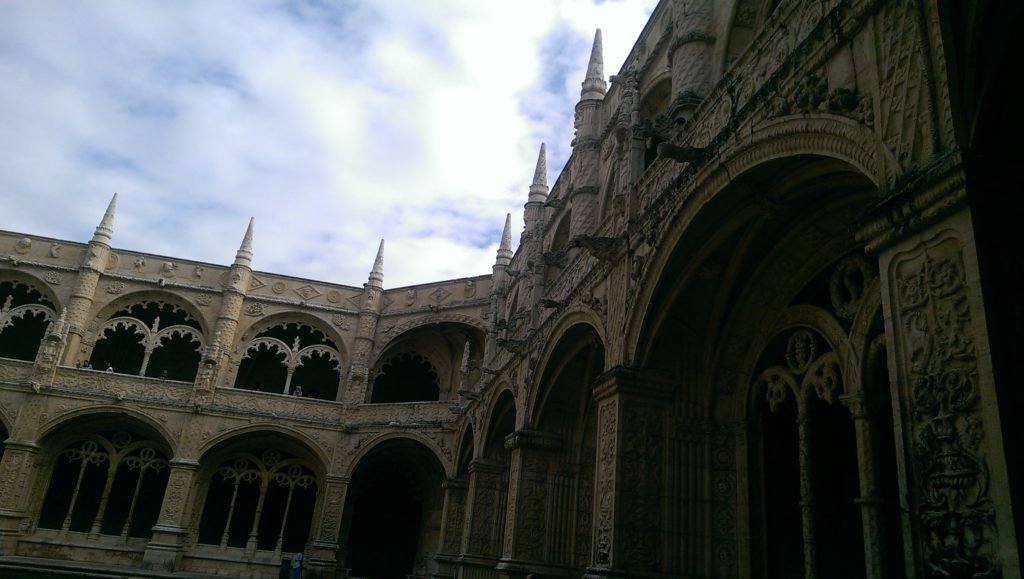
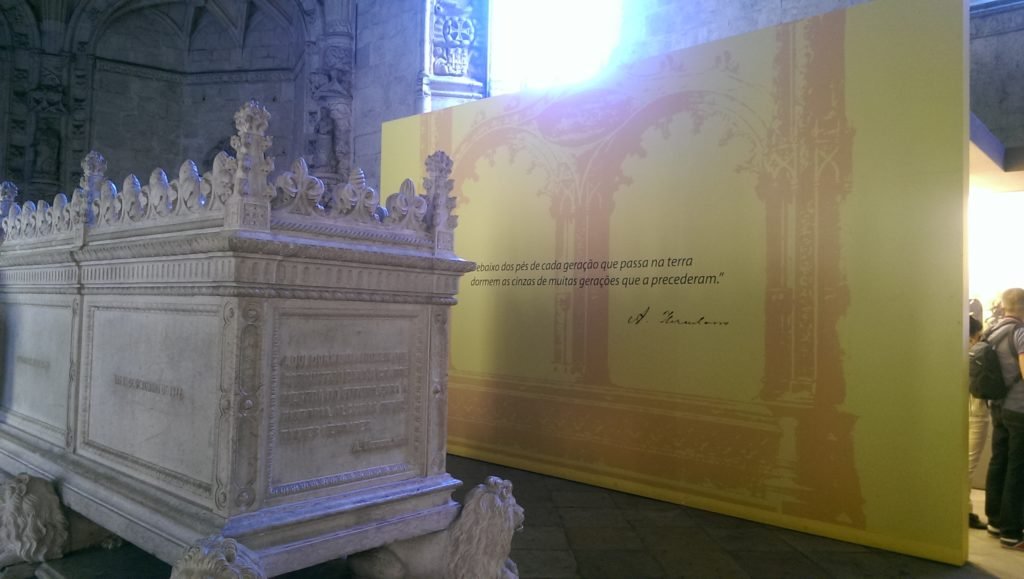
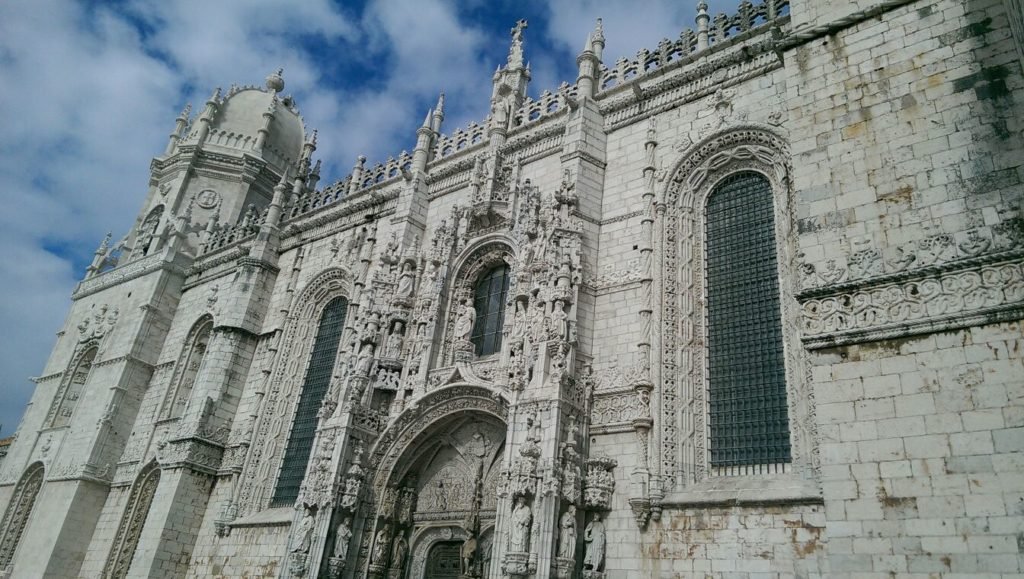
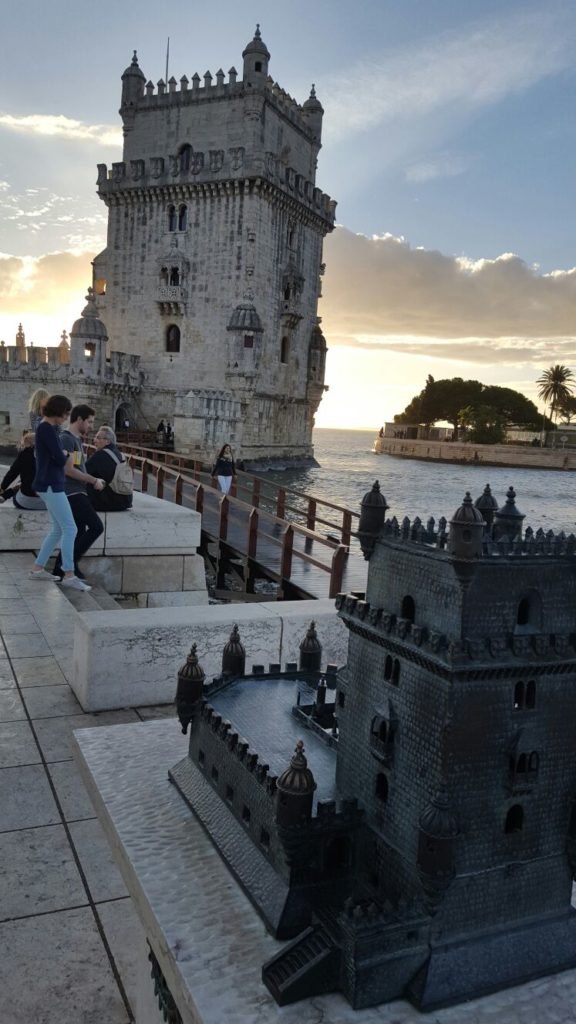
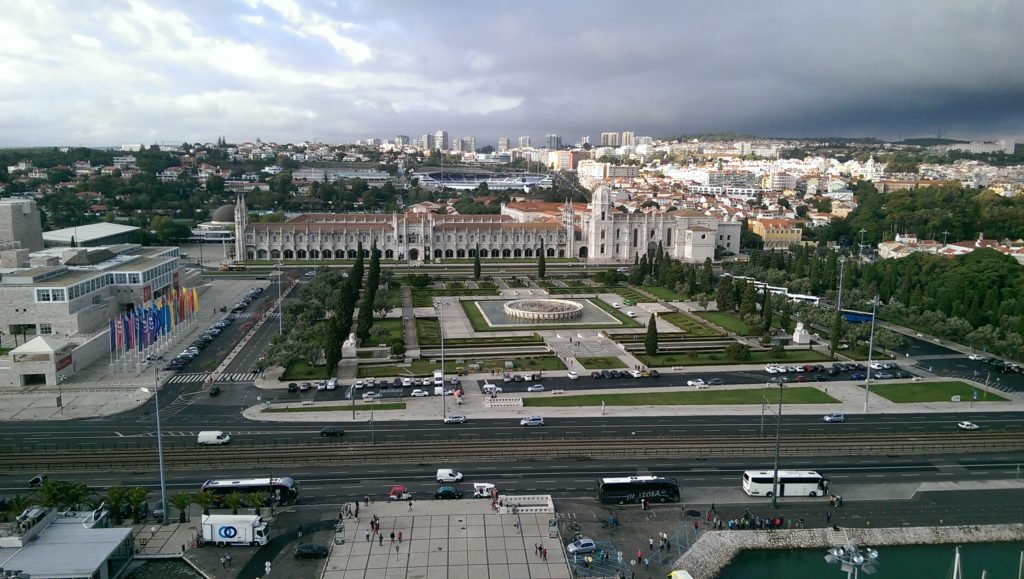
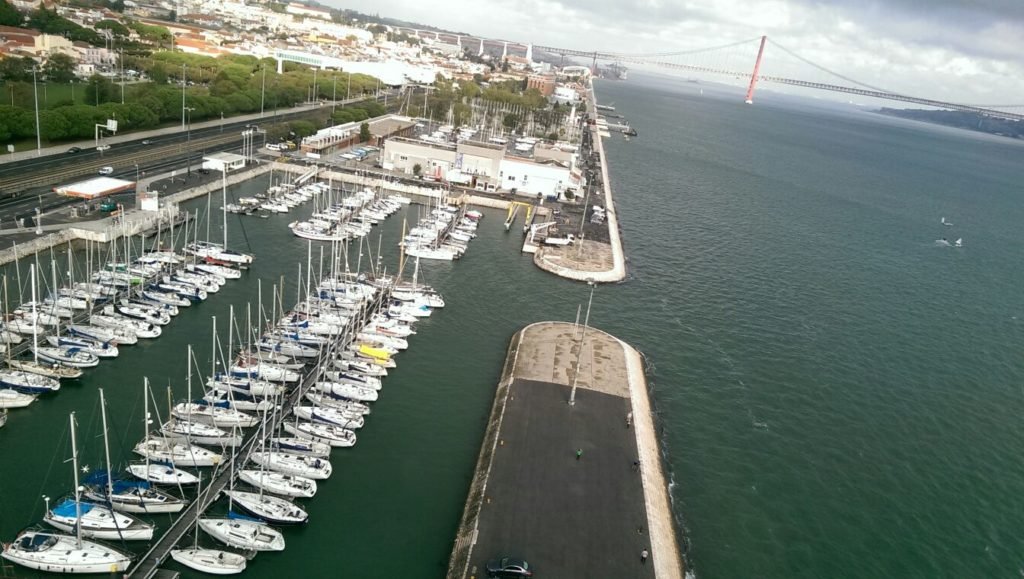
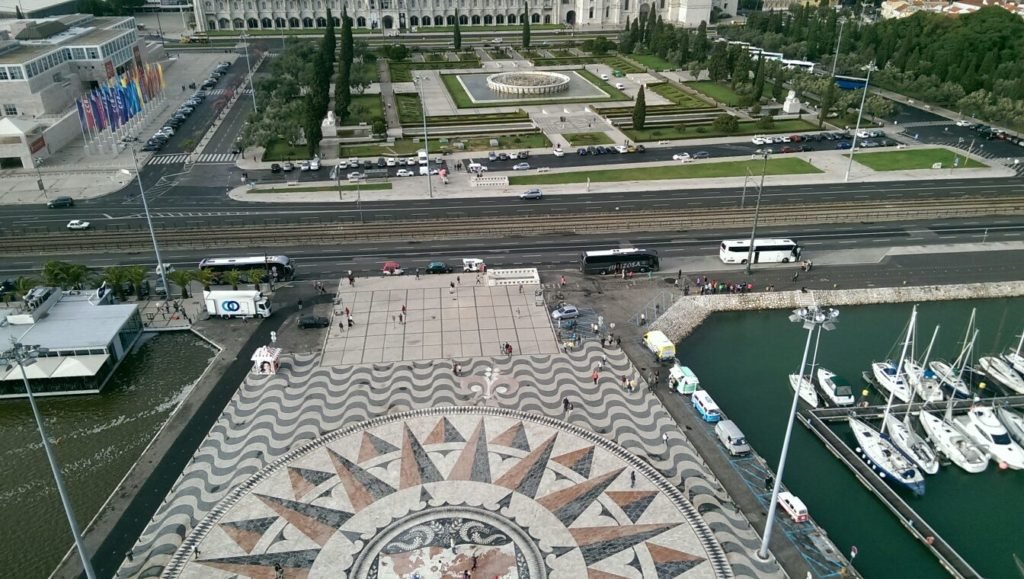
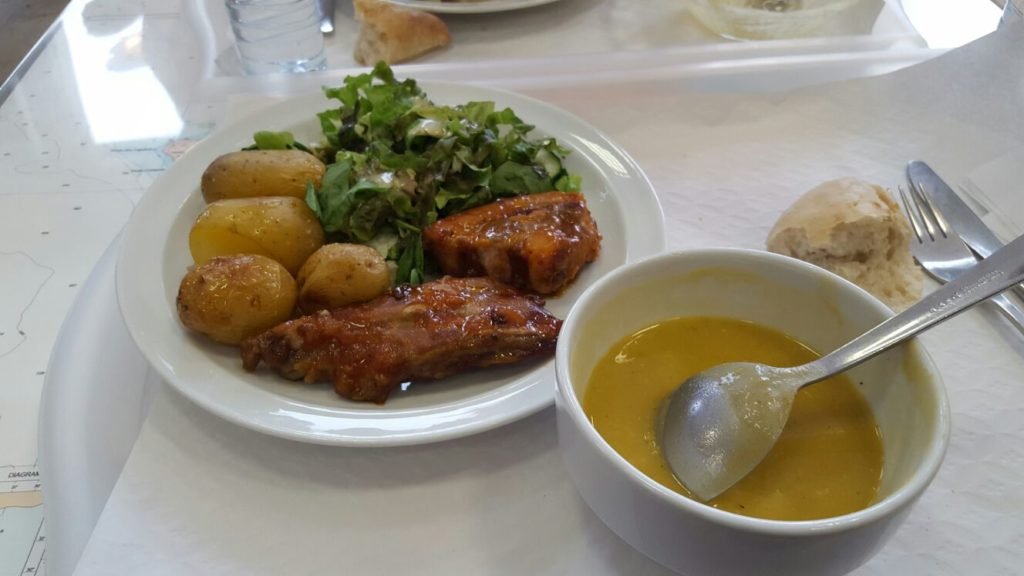
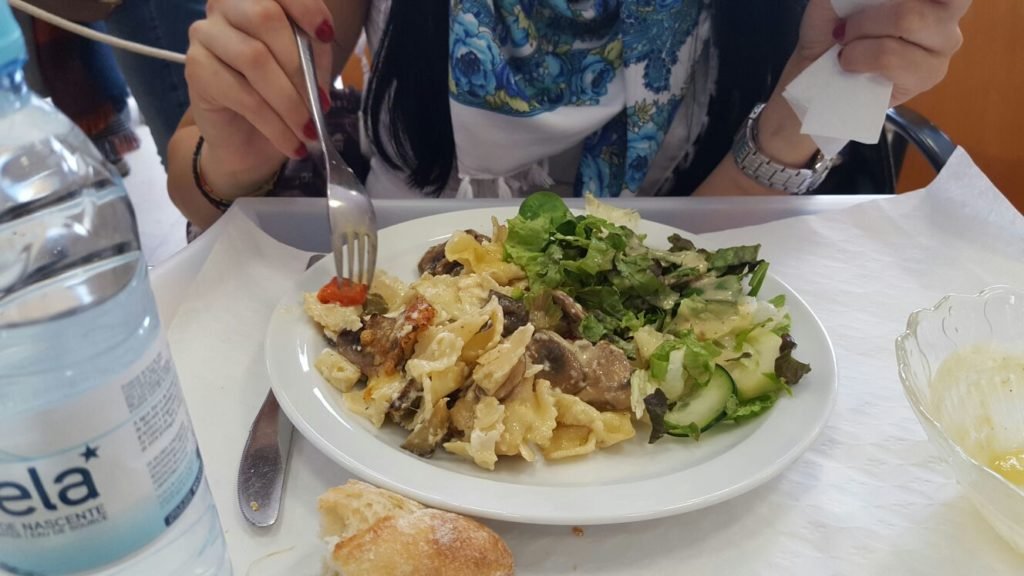

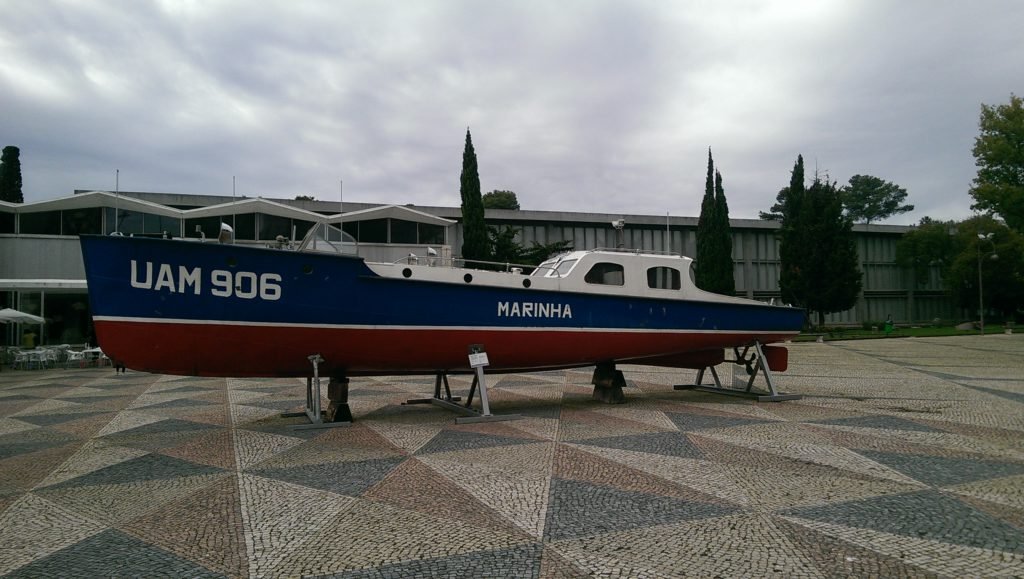
Recent Comments